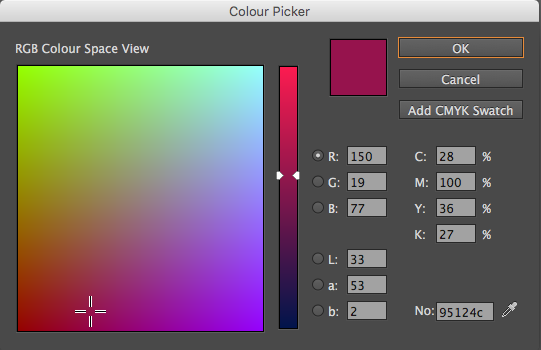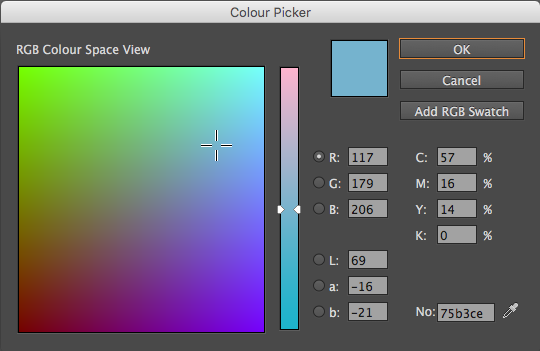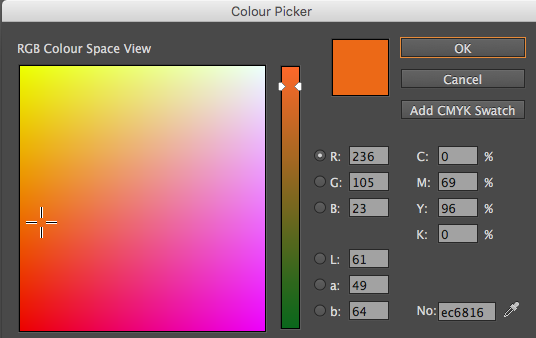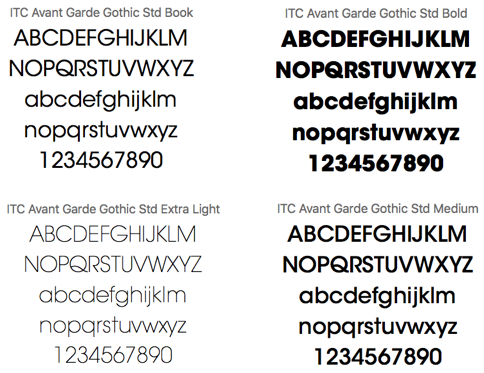In this project, we were tasked with creating a game as a collaborative effort in a group. We were assigned one of three roles – Illustrator, Game Artist, or Graphic Designer. I was given the job of Graphic Designer, and as such was responsible for the branding, marketing and styling of the game. The opportunity to work as a graphic designer was the most inspiring part of this project for me, having had to use different areas of my creative practice that I was less comfortable working with. To translate this into my work, I paid homage to my love of typography and how it can be used to create an identity so very easily. I am fairly happy to say that I achieved pretty much everything I had set out to produce for this project, in terms of our group work and my own personal work. Between the three of us, we created a functioning game, complete with promotional material. Special credit must go to Artemis, who held the team together and offered her insight on numerous occasions, stepping in to help in any way she could. I do want to point out that I feel like Tom (our illustrator) could have contributed more towards the project, however I don’t want to rant on about others in my evaluation. I am somewhat disappointed I couldn’t produce the badges and shirts I had planned to sell at the CoLAB Show, however these were non-essential components of the project and as such don’t affect the overall outcome. I feel the project ran very smoothly, I had a few minor hiccups with selecting typefaces and colours but these issues were easily resolved. I am particularly pleased with the logo, which was the one thing I wanted to get right above all others. Creating a strong, recognisable brand via a logo is key, and I feel like the Space Shoes logo could be just that.
Overall, this project has been an eye opener for me, as I am normally not overly keen on working as part of a group, however, I realise that if I am to become a creative practitioner, group work and communicative skills are essential. I would happily work as part of this team again, providing all three members put in an equal amount of effort. After completing this project, I am much more confident working as a graphic designer, knowing more of the responsibilities that would be expected of me certainly made this project more enjoyable.






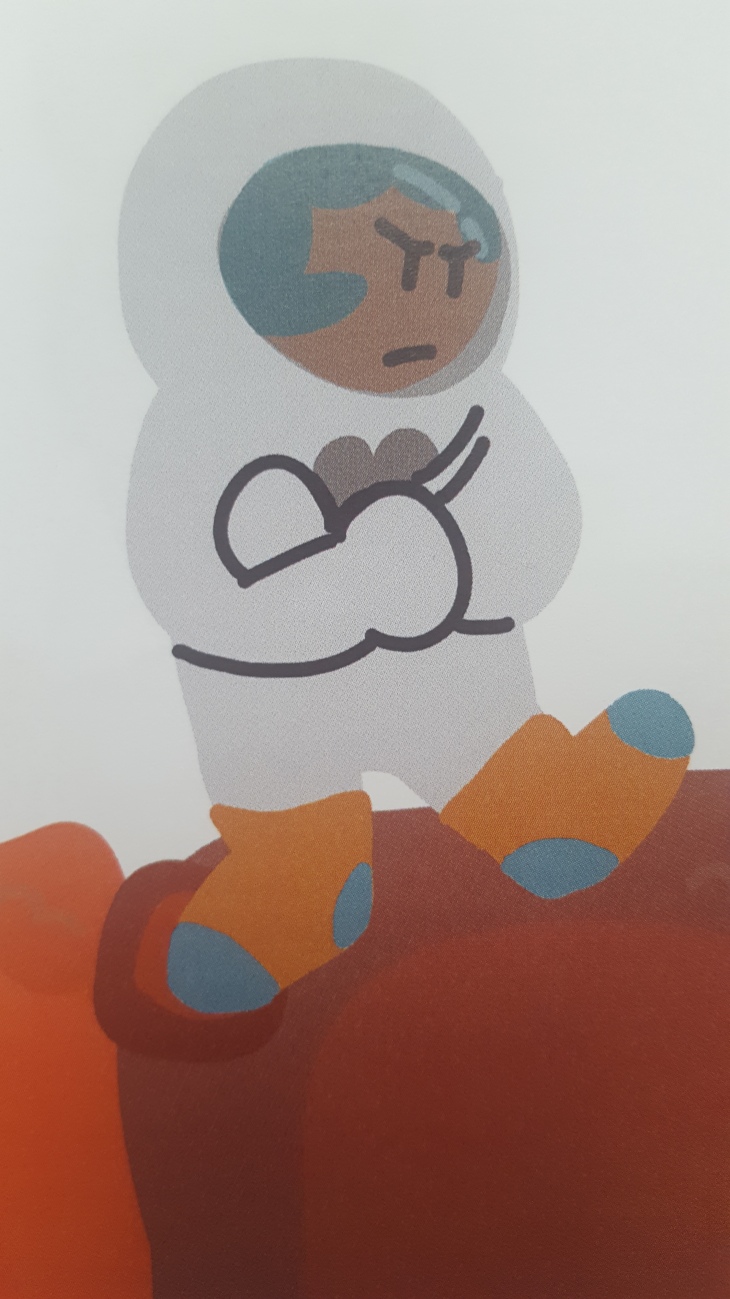
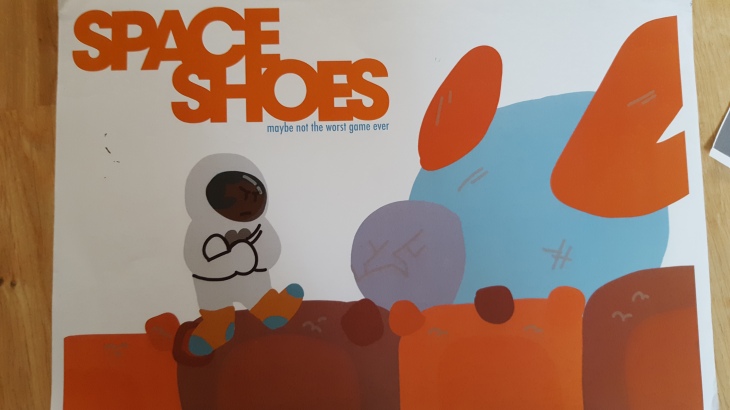






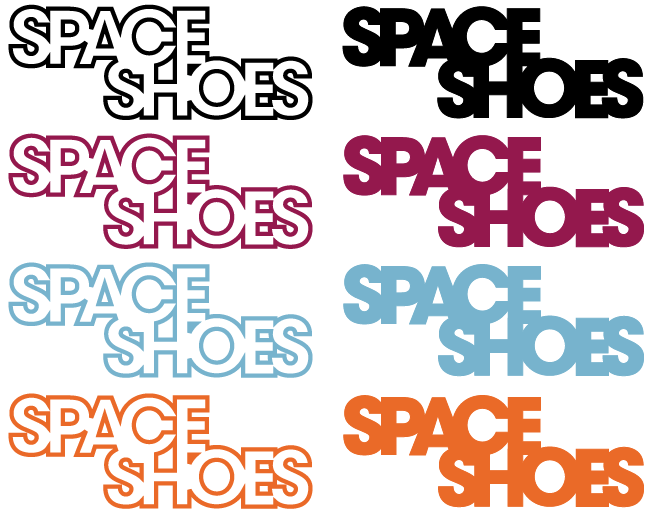
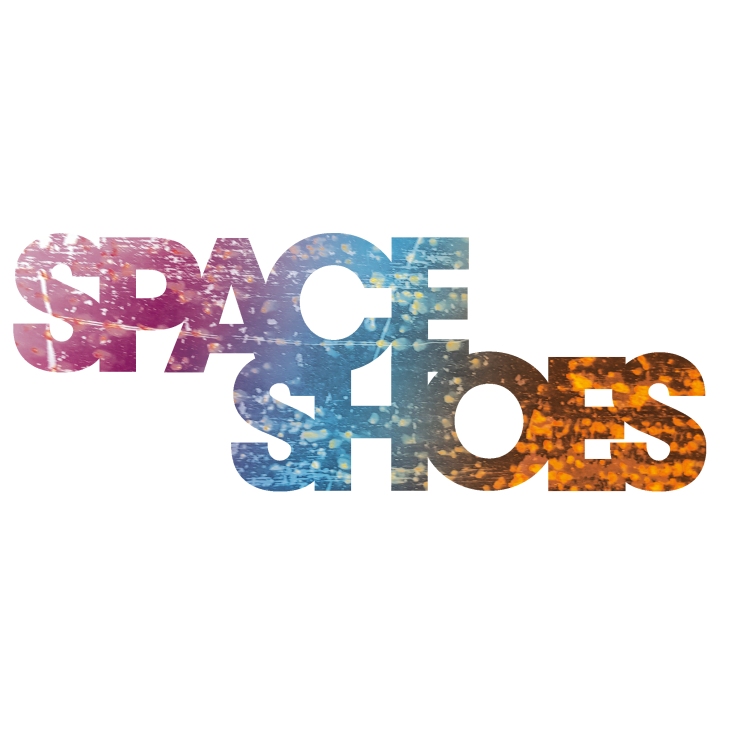 Realising the original logo designs were probably too clean-cut, and not rough enough for our game, I decided to add a bit of texture and mix up the colours a bit. Instead of using just one colour, I used all three on a gradient, and coupled with a rusted metal texture, I think the final logo is much more suitable to be used as the main one for the game. With that said, I will still be using the plain colour logos for posters and branding elsewhere, as they are still good enough to function well in the project.
Realising the original logo designs were probably too clean-cut, and not rough enough for our game, I decided to add a bit of texture and mix up the colours a bit. Instead of using just one colour, I used all three on a gradient, and coupled with a rusted metal texture, I think the final logo is much more suitable to be used as the main one for the game. With that said, I will still be using the plain colour logos for posters and branding elsewhere, as they are still good enough to function well in the project.